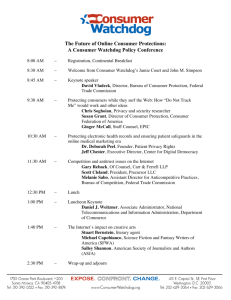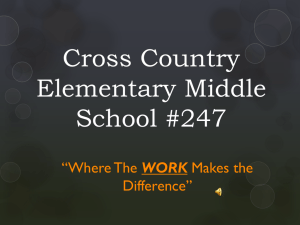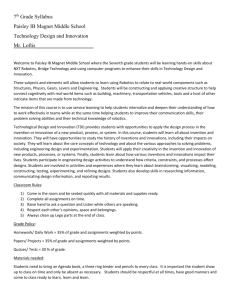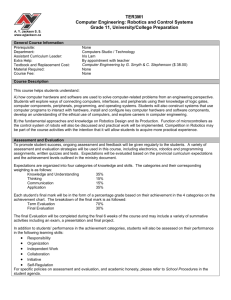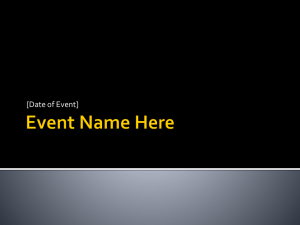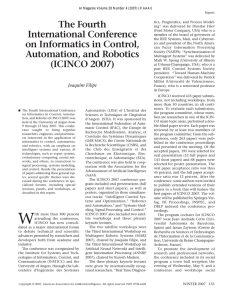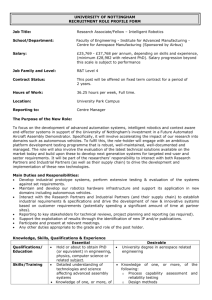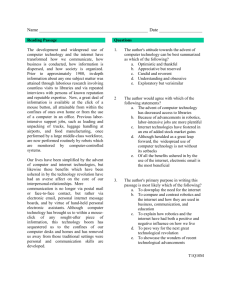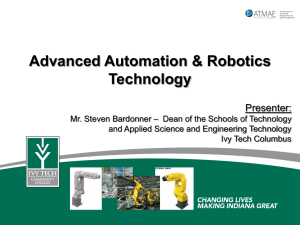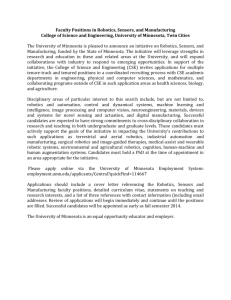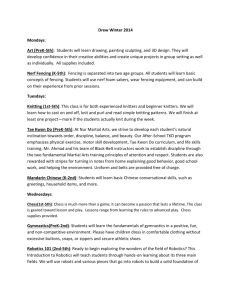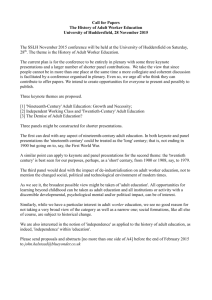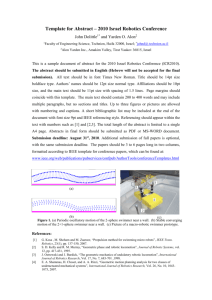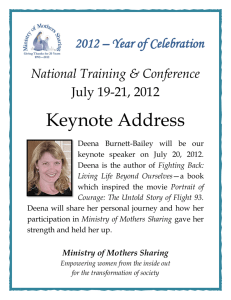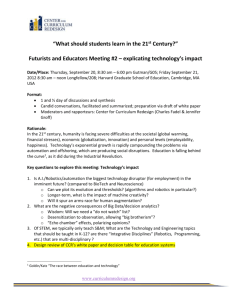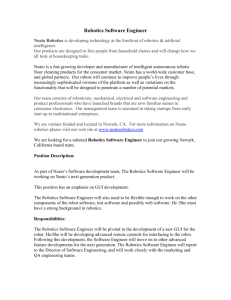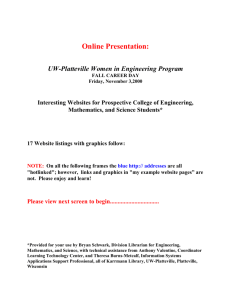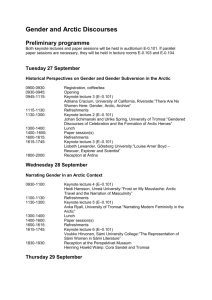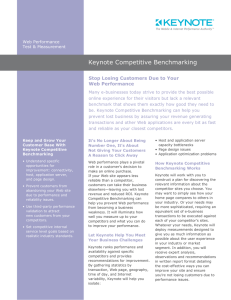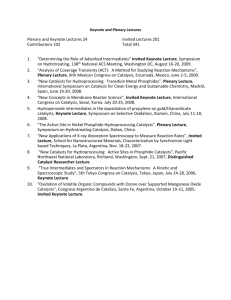personalstatement
advertisement
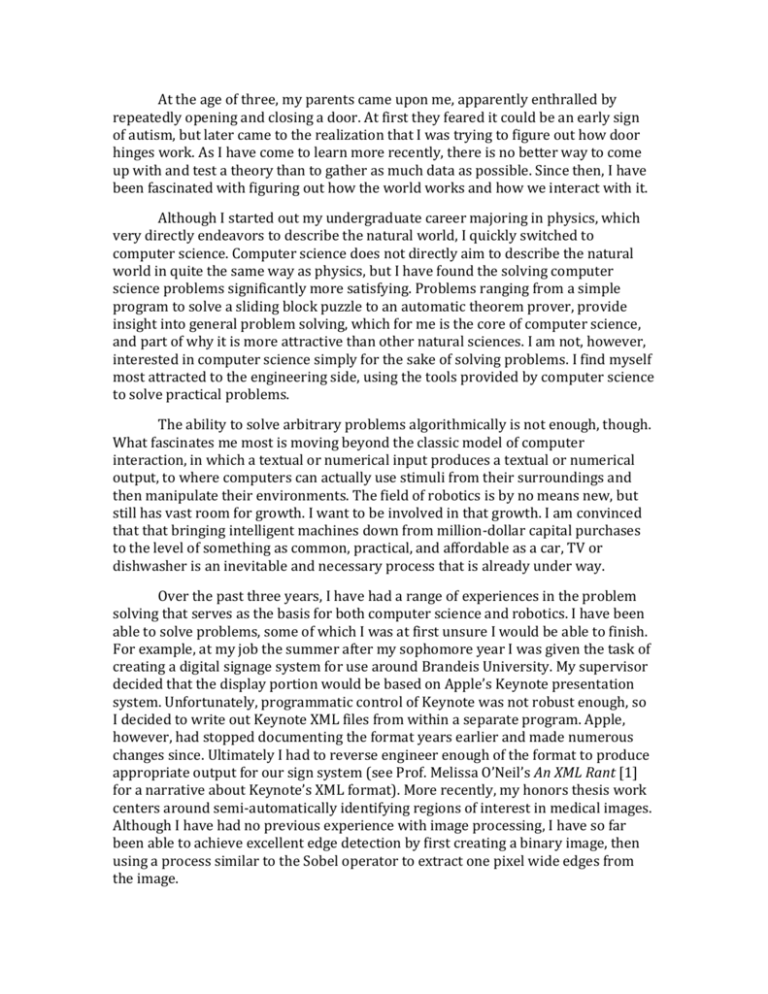
At the age of three, my parents came upon me, apparently enthralled by repeatedly opening and closing a door. At first they feared it could be an early sign of autism, but later came to the realization that I was trying to figure out how door hinges work. As I have come to learn more recently, there is no better way to come up with and test a theory than to gather as much data as possible. Since then, I have been fascinated with figuring out how the world works and how we interact with it. Although I started out my undergraduate career majoring in physics, which very directly endeavors to describe the natural world, I quickly switched to computer science. Computer science does not directly aim to describe the natural world in quite the same way as physics, but I have found the solving computer science problems significantly more satisfying. Problems ranging from a simple program to solve a sliding block puzzle to an automatic theorem prover, provide insight into general problem solving, which for me is the core of computer science, and part of why it is more attractive than other natural sciences. I am not, however, interested in computer science simply for the sake of solving problems. I find myself most attracted to the engineering side, using the tools provided by computer science to solve practical problems. The ability to solve arbitrary problems algorithmically is not enough, though. What fascinates me most is moving beyond the classic model of computer interaction, in which a textual or numerical input produces a textual or numerical output, to where computers can actually use stimuli from their surroundings and then manipulate their environments. The field of robotics is by no means new, but still has vast room for growth. I want to be involved in that growth. I am convinced that that bringing intelligent machines down from million-dollar capital purchases to the level of something as common, practical, and affordable as a car, TV or dishwasher is an inevitable and necessary process that is already under way. Over the past three years, I have had a range of experiences in the problem solving that serves as the basis for both computer science and robotics. I have been able to solve problems, some of which I was at first unsure I would be able to finish. For example, at my job the summer after my sophomore year I was given the task of creating a digital signage system for use around Brandeis University. My supervisor decided that the display portion would be based on Apple’s Keynote presentation system. Unfortunately, programmatic control of Keynote was not robust enough, so I decided to write out Keynote XML files from within a separate program. Apple, however, had stopped documenting the format years earlier and made numerous changes since. Ultimately I had to reverse engineer enough of the format to produce appropriate output for our sign system (see Prof. Melissa O’Neil’s An XML Rant [1] for a narrative about Keynote’s XML format). More recently, my honors thesis work centers around semi-automatically identifying regions of interest in medical images. Although I have had no previous experience with image processing, I have so far been able to achieve excellent edge detection by first creating a binary image, then using a process similar to the Sobel operator to extract one pixel wide edges from the image. Although I have had little direct exposure to research within the field of robotics itself, I am sure my general problem solving experience, and experience within related fields such as artificial intelligence and image processing, and exposure to electronics provide a solid background for further exploration and research in robotics. After earning a PhD., I plan to work in industry or government research labs creating intelligent, interactive machines. [1] http://www.cs.hmc.edu/~oneill/freesoftware/pdftokeynote.html (bottom of page)
